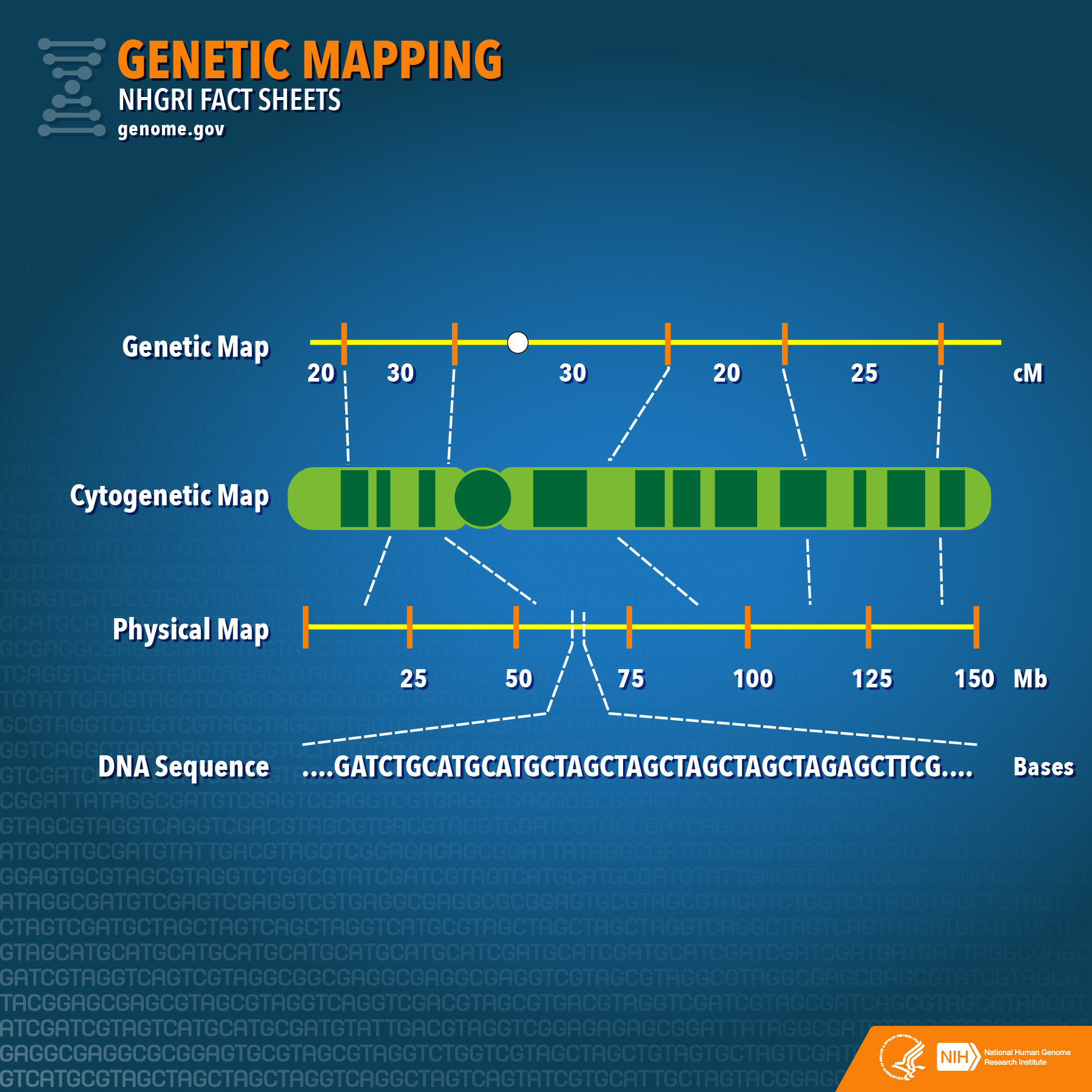

The researchers chose these cells, which had been kept in a lab, because this made the computational effort of creating the DNA sequence simpler. This meant that it contained two copies of the same 23 chromosomes, instead of two differing sets of chromosomes, as normal human cells do.Īt Illumina, the ‘era of the genome’ has arrived. The DNA sequence used was not from a person, but from a hydatidiform mole, a growth in a woman’s uterus caused when sperm fertilized an egg that did not have a nucleus. That doesn’t mean, researchers emphasized, that the work couldn’t also lead to other new insights, including those related to how genes are regulated. But the count of protein-coding genes increased by just 0.4%, to 19,969. One important and unanswered question: How important are these missing pieces of the human puzzle? The consortium said that it increased the number of DNA bases from 2.92 billion to 3.05 billion, a 4.5% increase. George Church, a Harvard biologist and sequencing pioneer, called the work “very important.” He said he likes to note in his talks that up until now no one has sequenced the entire genome of a vertebrate - something that is no longer true, if the new work is confirmed. “What this group has done is show that they can do it end-to-end.” That’s important for future research, he said, because it shows what is possible.

Their technologies for reading out DNA have very specific advantages over the tools that have long been considered researchers’ gold standards.Įwan Birney, the deputy director general of the European Molecular Biology Laboratory called the result “a technical tour de force.” The original genome papers were carefully worded because they did not sequence every DNA molecule from one end to the other, he noted. The new genome is a leap forward, researchers say, that was made possible by new DNA sequencing technologies developed by two private sector companies: Pacific Biosciences of Menlo Park, Calif., also known as PacBio, and Oxford Nanopore, of Oxford Science Park, U.K. Miga emphasized that she won’t consider the announcement official until the paper is peer-reviewed and published in a medical journal. Exclusive analysis of biotech, pharma, and the life sciences Learn More


 0 kommentar(er)
0 kommentar(er)
